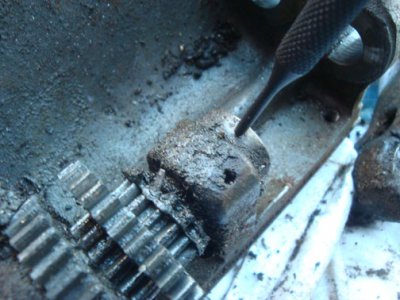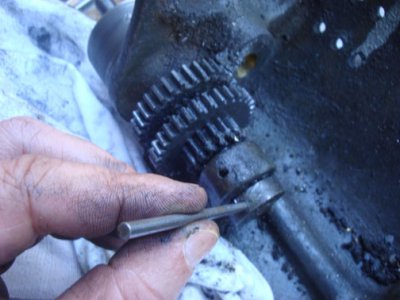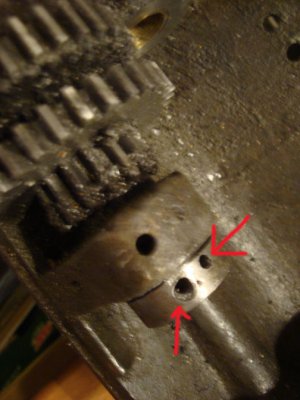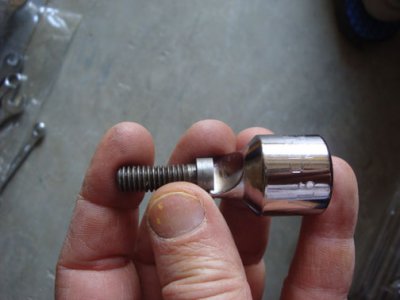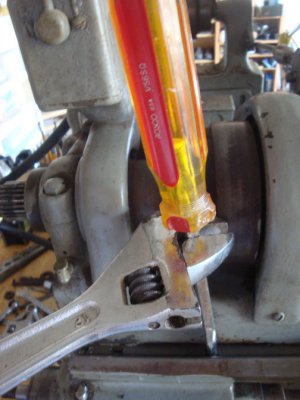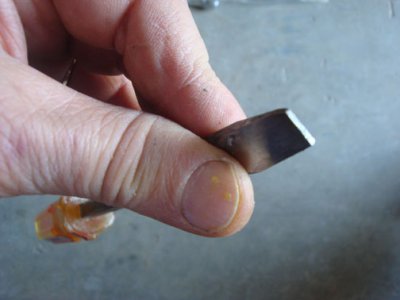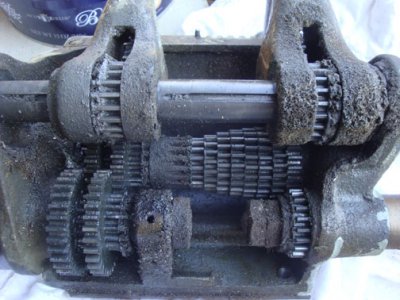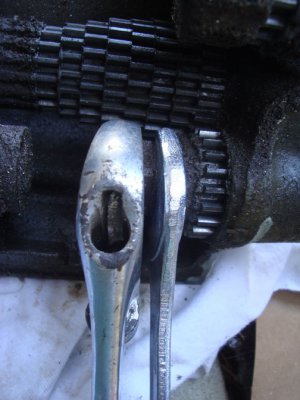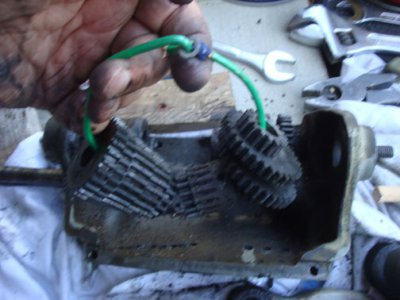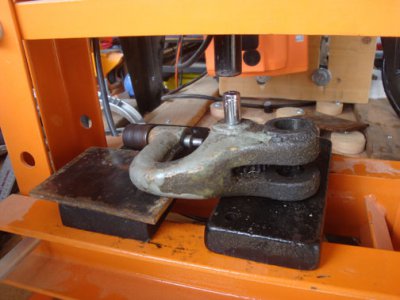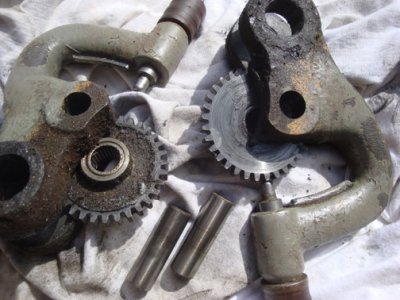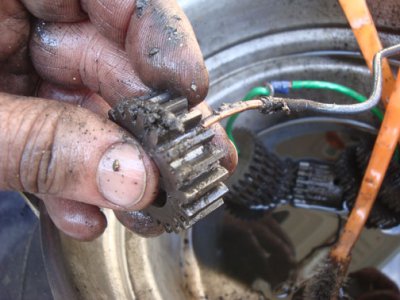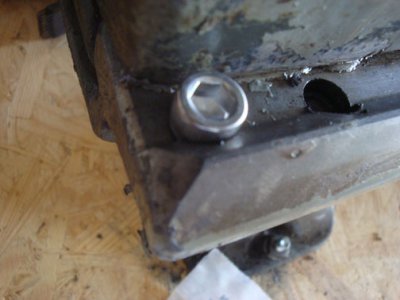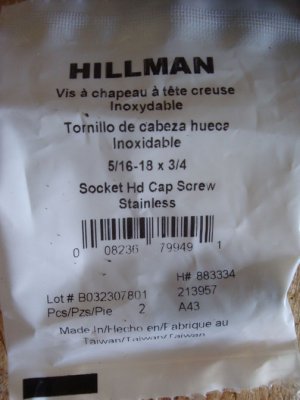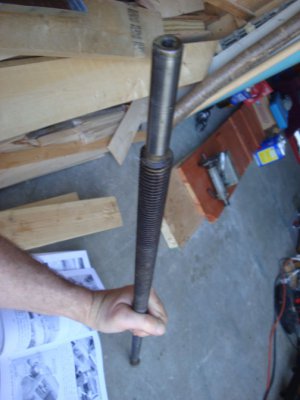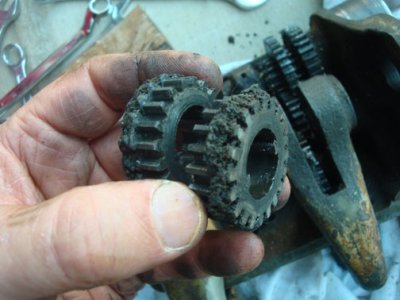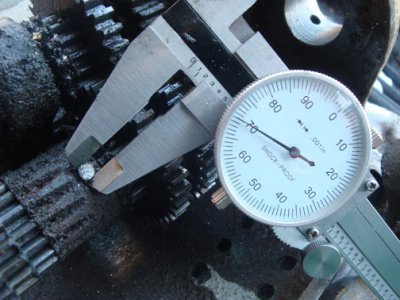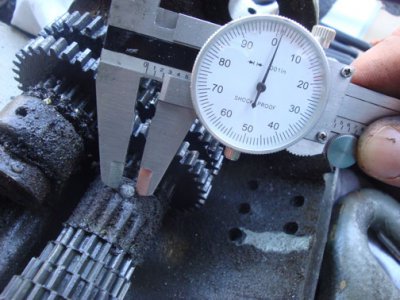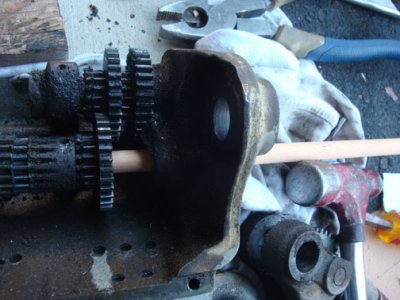Timken Bearings CLeaning & Restoration
Happily following your restorative project on a great piece of American Iron.
As I am in the process of restoring an Atlas 618 lathe with the best of old
parts, I am particularly interested in whether you will be cleaning and lubing
the Timken Bearings.
I started with an NOS lathe bed. The spindles I got on eBay. Using brass and a rubber
mallet I safely have driven out the two bearings.
It is amazing the chips one finds in the racers. Lots of cleaner, .016 steel pick, and tweezers
removes copper and aluminum micro chips.
Prior to reassembly, I seek the advice of the experienced on this site on how to oil/repack the
bearings. The Timken information ranges from green bicycle bearing grease to engine oil -10/30.
Like a proctoscopic exam, one should not attempt it one's self, even if you have a mini-cam.
This advice and guidance will be handy to all Atlas restorers.
Thanks.
p.s. For the housing I fashioned a scraper from an old chisel and surprisingly it is getting rid of all
the multi-layer-hacker paint, all the way down to the bare metal. Soon I shall be priming and then
matching the original gray. Any painting advice, also?
I've begun the process of renovation. I'll post some photos and video later but I'm at a sticking point--literally. I'm trying to remove the right-side lead screw support bracket by removing the 2 slotted screws on top of the lathe bed in order to slide the bracket off the lead screw.
I can't get the screws holding the bracket to budge, despite using a very large screwdriver. I'm beginning to strip one of the screw heads as a large chunk of metal came off. Should I get a propane torch and heat the area? Pour Coke on it?
Any solutions would help me substantially.
I anticipate having a lot of other problems, as I'm not experienced in machinery. However, the machine looks really dirty and when I removed the oil plug below the carriage, no oil came out!!
So I'm thinking that despite my anxiety, it's best to continue and ask questions here, as I think I can get all the help and advice I need right here.
One other quick question. I want to start cleaning the parts I remove and painting them. The enamel paint only comes in a quart and a gallon, nothing in between. Would a quart do 2 coats of paint for the lathe or do I need a gallon?
Thanks!
Dave V
Happily following your restorative project on a great piece of American Iron.
As I am in the process of restoring an Atlas 618 lathe with the best of old
parts, I am particularly interested in whether you will be cleaning and lubing
the Timken Bearings.
I started with an NOS lathe bed. The spindles I got on eBay. Using brass and a rubber
mallet I safely have driven out the two bearings.
It is amazing the chips one finds in the racers. Lots of cleaner, .016 steel pick, and tweezers
removes copper and aluminum micro chips.
Prior to reassembly, I seek the advice of the experienced on this site on how to oil/repack the
bearings. The Timken information ranges from green bicycle bearing grease to engine oil -10/30.
Like a proctoscopic exam, one should not attempt it one's self, even if you have a mini-cam.
This advice and guidance will be handy to all Atlas restorers.
Thanks.
p.s. For the housing I fashioned a scraper from an old chisel and surprisingly it is getting rid of all
the multi-layer-hacker paint, all the way down to the bare metal. Soon I shall be priming and then
matching the original gray. Any painting advice, also?


